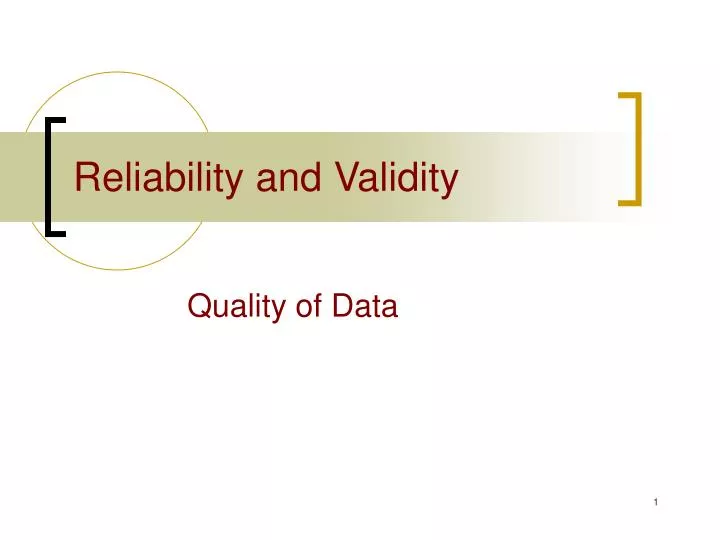

Item and response formulations are also inconsistent and often used interchangeably, which may lead to confusion, incorrect diagnoses, and inappropriate methods for solving the problem.Ĭonclusions: There is an unmet need for a reliable and validated tool for assessing qualitative olfactory dysfunction, preferably one that also captures quantitative olfactory issues (i.e., loss of smell), to ensure time-effective and specific assessment of the ability to smell. Several tools with overlapping and distinct features were identified in this review, of which some were thorough and detailed, while others were merely assessing the presence of symptoms as a binary measure. Results: The assessment of qualitative olfactory dysfunction is characterized by heterogeneity, inconsistency, and lack of validated tools to determine the presence and degree of symptoms. Secondary outcomes included psychometric properties, study design, and demographic variables. Primary outcomes were the tool used (i.e., questionnaire or objective test) and item and response formulations. Methods: MEDLINE, Web of Science, and EMBASE were searched 5 th of August 2022 and updated on the 25 th of April 2023 to identify studies that assess qualitative olfactory dysfunction in COVID-19 patients. Additionally, the formulations of symptoms are inconsistent and often unclear, and consensus around the wording of questions and responses is needed.Īim of study: The aim of this systematic review is to provide an overview of tools used to assess qualitative olfactory dysfunction after COVID-19, in addition to addressing the content validity (i.e., item and response formulations) of these tools. This could have an impact on the diagnosis and treatment offered to patients. 4The Norwegian School of Hotel Management, Faculty of Social Sciences, University of Stavanger, Stavanger, Norwayīackground: There is a lack of overview of the tools used to assess qualitative olfactory dysfunction, including parosmia and phantosmia, following COVID-19 illness.3The Cognitive and Behavioral Neuroscience Lab, University of Stavanger, Stavanger, Norway.2SHARE–Centre for Resilience in Healthcare, Faculty of Health Sciences, University of Stavanger, Stavanger, Norway.1Department of Quality and Health Technology, Faculty of Health Sciences, University of Stavanger, Stavanger, Norway.Annelin Espetvedt 1,2,3 *, Siri Wiig 1,2, Kai Victor Myrnes-Hansen 1,4 and Kolbjørn Kallesten Brønnick 1,3


 0 kommentar(er)
0 kommentar(er)
